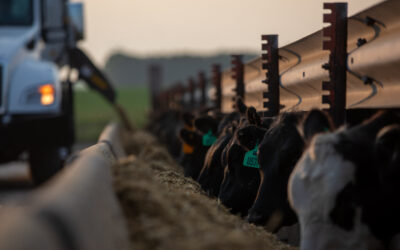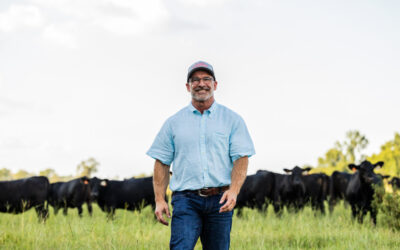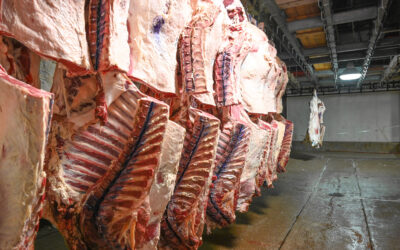
Mythbuster Monday: More than an ad agency
June 20, 2011
Sometimes I have a hard time explaining my job.
First off, I’m an agriculture journalist by training, which is a foreign term to many. (My husband is an agronomist, which generates many more blank stares. People usually have heard of a journalist, just not the ag variety.) But then I tell them that I write about everything to do with cows: the cattle industry and topics like weaning, carcass grading and feedlot performance.
So that leaves many dazed and confused but, even among the cattle community, I often have one more hurdle. It can be really hard to explain that I work for a non-profit branded beef company.
These discussions happen almost any time I meet somebody new and for those who are really trying to understand what CAB is and does (rather than nodding politely) it usually leads to this little misunderstanding:
Myth—If you don’t sell product, then you’re just an advertising agency.
Fact—We don’t shy away from the fact that in essence we are a marketing company, but we do a whole lot more than just advertise.
Just ask my colleagues who work with foodservice and retail partners, those in customer service or brand assurance. Or how about all of us on this team you’ve gotten to know as “Supply Development”?
Everything that we (all 100 or so of us) do for the brand is to advance our mission: Increase demand for registered Angus cattle through a specification-based, branded-beef program to identify consistent, high quality beef with superior taste.
So that means there are people in our marketing and graphic departments who spend part of their time working on advertising, but it’s about a lot more than that. In our division, we work with producers to increase the supply of CAB. We know that the best way to aim for the brand’s specifications is to buy a registered Angus bulls with above-average carcass EPDs and then manage that genetic potential from ranch to feedlot.
That means we work with researchers to identify what practices help or harm quality. We work with feeders to gather data and better understand how their business is affected by a focus on the end product. We visit with commercial and seedstock ranchers to share all the information we’ve learned and to listen. We want to know how our brand can become more relevant to their business. And the list could go on and on.
Our staff members who work on the other side of the beef business use a similar approach with grocers, restaurateurs, distributors and exporters. We have people who talk to customers in Daibi, Mexico, Barbados and Saudi Arabi. We have people who assist customers in small towns like Broken Bow, Neb.; Arlington, So.Dak.; and Walnut Creek, Ohio.
We are much more than an ad agency and if you don’t believe us, I’m convinced a stop into our headquarters is all it would take to change your mind. Because it’s really hard to describe all the passion the people I call my “CAB family” have for this brand.
May your bottom line be filled with black ink,
~Miranda
You may also like
Big Shifts in Quality Grades
The 2025 quality grade trend tracked the USDA Prime grade a full percentage point higher than the prior year through August, averaging 11.5%. Since then, the Prime grade trend has defied seasonal expectations, normally setting a course toward a fall low in both Choice and Prime grade percentages.
Smitty’s Service on CAB Board
Lamb continues to find himself struck by just how far-reaching the Angus breed has become. The brand’s growing demand and rising prime carcasses left a strong impression. He hopes everyone recognizes the vital connection built between consumers and Angus producers. Humbled by the opportunity to serve, Lamb reflects on his time as chairman with gratitude.
Tracking Premiums to the Source
Certified Angus Beef faced the same challenges in the formative years, as the first branded beef label set out to garner specification-based premiums in a market where none existed. Now in its 47th year, the brand has successfully carved out premiums over commodity USDA Choice from end to end of the carcass.



